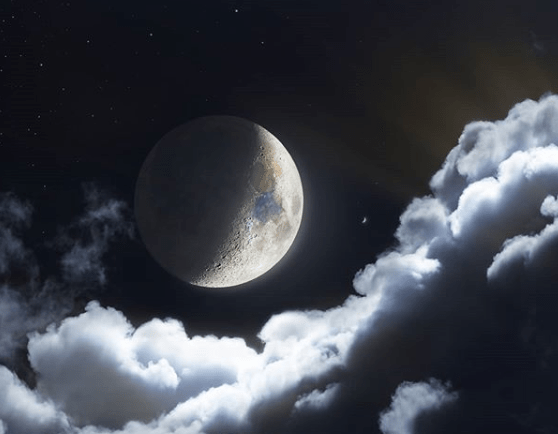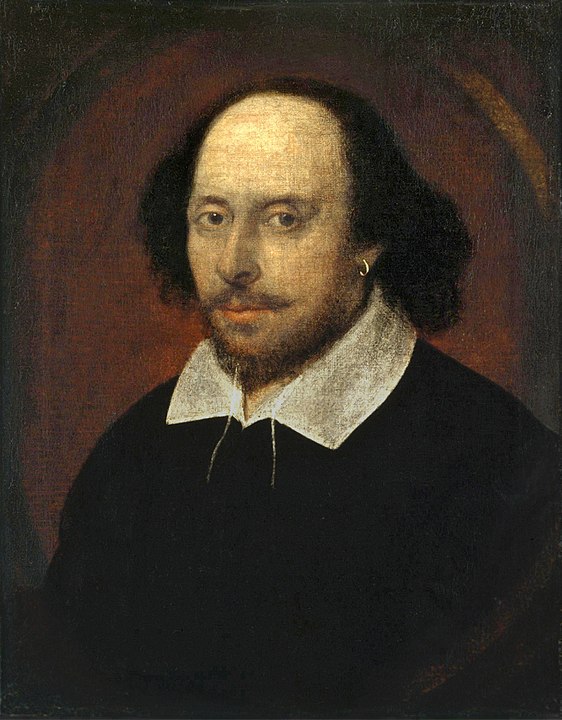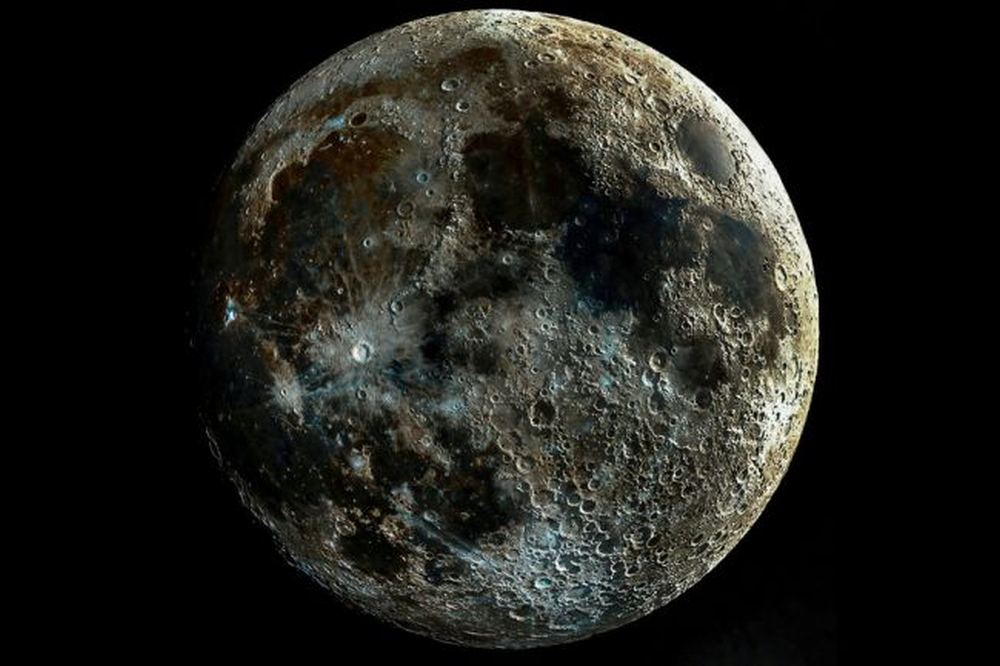“This moon might look a little funny to you, and that’s because it is an impossible scene,” wrote photographer Andrew McCarthy on Instagram.
He was talking about his other-wordly, almost Shakesperean image of the Moon. And that’s because this is an ‘all-terminator’ image.
The terminator is the line between light and dark—or day and night—on the Moon. (Or on any other body.) At that edge, everything is lit up and sharp detail comes into view. The light from the Sun creates elongated shadows at the terminator, and features like craters pop into view. If you have an opportunity to look at the Moon through a telescope, you’ll see for yourself.
“…I was working on this BEAST of a project.”
Astrophotographer Andrew McCarthy
In his Instagram post, McCarthy calls this image “a BEAST of a project.” To get this image, he spent two weeks capturing images of the waxing Moon. From each of those images, he extracted the part with the most contrast, right before the terminator.
Then he assembled all the images, to show the “rich texture across the entire surface,” of the Moon. McCarthy said he had to map the images to a 3D sphere, and he describes the entire process as exhausting.
On Instagram, McCarthy uses the handle cosmic_background. Here’s his print gallery, which features a selection of stunning images available for purchase.
“We’re as much a part of space as the objects that dot our night sky.”
Andrew McCarthy, Astrophotographer

Image Copyright Andrew McCarthy.
The image above is another of McCarthy’s creations. It’s a composite image made up of individual images captured on multiple days. McCarthy’s trying to recreate what’s called the “blue hour,” when the Sun is still illuminating the clouds, but objects in the sky are beginning to appear.
In the description, he writes, “We aren’t simply observers watching the universe go by, we’re on a spaceship, hurtling through our galaxy with our solar companions, as much a part of space as the objects that dot our night sky.”
So Why Did We Call the Image “Shakesperean?”
Shakespeare, the Moon, and human trials and tribulations are all wrapped up together. As Andrew McCarthy says about one of his images, “In uncertain times I look to the sky, and am comforted by the moon and stars.” If you’ve never felt some similar sentiment, get your DNA tested. You may not be human.
Shakespeare was fond of the Moon, too. It came up often in his work. For example, “Arise, fair sun, and kill the envious moon, Who is already sick and pale with grief That thou, her maid, art far more fair than she. . .” That’s from Romeo and Juliet.
The Bard also took a swipe at astrology in King Lear, and pointed out the folly in blaming the Moon and other bodies for their own ill-fortune:
“This is the excellent foppery of the world, that, when we are sick in fortune,–often the surfeit of our own behavior,–we make guilty of our disasters the sun, the moon, and the stars: as if we were villains by necessity; fools by heavenly compulsion; knaves, thieves, and treachers, by spherical predominance; drunkards, liars, and adulterers, by an enforced obedience of planetary influence; and all that we are evil in, by a divine thrusting on: an admirable evasion of whoremaster man, to lay his goatish disposition to the charge of a star.”

Greats like Shakespeare make us think twice about things: life, love, nature, the Moon, our fate. They make us see it with new eyes.
And if it’s not too grand a statement, I think McCarthy’s image of the Moon does the same. Even in an age where our super-telescopes give us splendorous images of the cosmos and all the objects that populate it, a simple, yet unattainable image of the Moon is somehow more humanistic.
Or maybe it’s just the quarantine that’s getting to me.
More:
- Andrew McCarthy Instagram
- The Shakespeare Blog: Shakespeare and the Moon
- Universe Today: The Astronomy of Shakespeare


It’s the quarantine. This terminator moon reminds me of another technique for showing impossible images: HDR. Quite simply, it draws more attention to the author and technique than about the subject. OK, if that’s your thing; but, it’s not everyone’s cup ‘o tea.
It’s the quarantine. This terminator moon reminds me of another technique for showing impossible images: over-cooked HDR. Quite simply, it draws more attention to the author and technique than about the subject. OK, if that’s your thing; but, it’s not everyone’s cup ‘o tea.